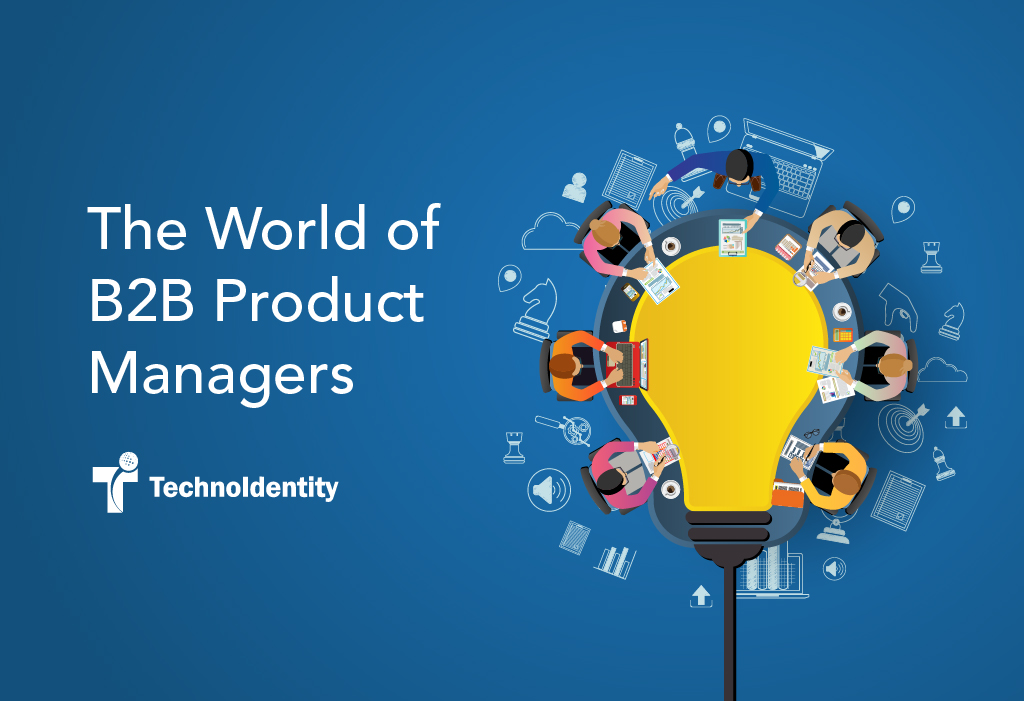 Product managers of all types generally have the same challenges and worklists. Whether the product is a client-oriented one (B2C) or something that is targeted at business users (B2B), all product managers work the same way but the difference in domain creates a slight change in how they find the balance between iteration and audience.
Product managers of all types generally have the same challenges and worklists. Whether the product is a client-oriented one (B2C) or something that is targeted at business users (B2B), all product managers work the same way but the difference in domain creates a slight change in how they find the balance between iteration and audience.
Making a product for an enterprise rather than directly for a consumer makes the process of management slightly separate. Despite the variability, ultimately a product manager is responsible for doing what is necessary to collaborate and drive conversations among different teams to closure.
How does B2B Product Management differ from B2C?
While similar, the parts where the management varies is that for an effective B2B management, the PM should have an expert level of understanding and knowledge regarding their target industry. To better your product to make things more efficient for customers, B2B management requires PMs to conduct in-depth analysis including interviews, site visits, and keeping up-to-date with the latest industry news. The learning curve from novice to expert will help build the trust of the other teams and also aid in a better understanding of what the market wants.
Product Managers on the B2C side rely more on experimentation and analysis rather than on learning knowledge about the industry. Their conclusions do not have the same solid foundations that B2B product management does. B2C focuses on the individual buyer type persona and caters directly to the user. They also have a larger user base and can use that to their advantage for data analysis. Since the buyer is normally the user, the product is molded keeping in mind the user’s wishes and wants. Here are some key distinguishing areas where the two differ: –
- Customer Relations Branding
B2B: Focusing on relationships and building them can aid in branding. Branding, according to B2B International, starts with the consistency of presentation and delivery of the product. The ability to adjust your brand to the target audience will help to drive brand recognition.B2C: Branding is important because it allows you to deliver your message and prioritize. It helps to create loyalty and connect with your customer emotionally while confirming credibility. It is the main priority in B2C marketing because it creates a relationship between the consumer and the company when the interaction is minimal. Customers receive a quality experience and a lasting memory that ensures their return.
- Decision Making-Process
B2B: Maintaining open communication between businesses helps to determine whether it is a good fit for both involved and you can compare aspects of your business with competitors. The decision-making process is where you can evaluate whether the investment is potentially a good one and whether the decision has the chance to result in layoffs or loss of benefits.B2C: This is where you can start utilizing the expertise to maximize ROI. The marketer should be able to create advertisements that are engaging and attract potential customers. The customers are generally looking to satisfy a specific need so they know what kind of product they want. They compare your product with the competitors to see if they can get a similar functioning product for a lower cost.
- Targeting Audience
B2B: It is important to understand the demographic of the target audience because of the market’s specific, targeted focus. You need to compile and analyze accurate data if you want to attract them. Data focus can be both qualitative and quantitative. Evaluation of search engine keywords and analyzing data collected through Google Analytics is the best way. You can figure out your target audience by going through SERP and seeing user intent through keywords. You can build a successful strategy to target your audience using this information.B2C: Since B2C has a larger customer base, it will be harder to pin down a specific demographic. Marketers have to follow the marketing funnel to acquire customers. Analyzing the top funnel lead demographics can help to build a strategy that focuses on generating sales from them specifically. Write attractive copy and creating quality landing pages to navigate can help in increasing sales.
Conclusion
The transition from B2C management to B2B management is more about shifting the mindset than it is about acquiring new skills. An ideal PM can easily alternate between the two. Both have an overlap but vary in strategy, goals, and execution. Ultimately, all are trying to do the same thing, even if the approach is a bit different.


